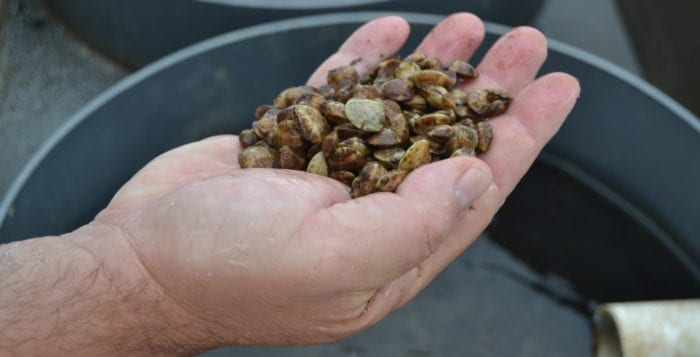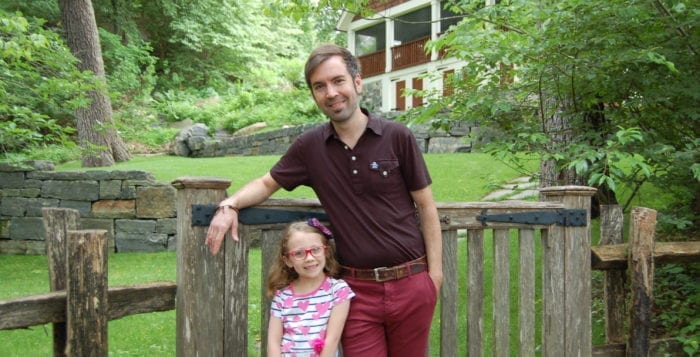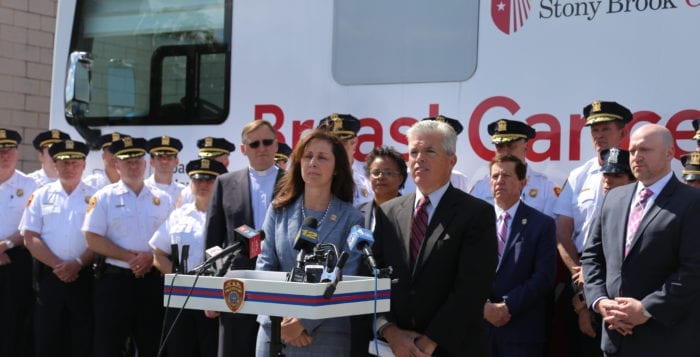For more than a century, one thoroughfare in St. James has been hustling and bustling. It’s no surprise that the Smithtown town board and St. James residents have been directing their energy toward the revitalization of Lake Avenue in the last couple of years with the nonprofit organization Celebrate St. James. With the arrival of the Long Island Rail Road to St. James in 1872, the avenue and connecting streets quickly became the center of local commerce, especially around the LIRR station house.

Smithtown Historian Brad Harris said the station house in St. James located near the northwest corner of Lake Avenue and Railroad Avenue was built in 1873 by community members, who also paid for it. Soon stage actors and other visitors from New York City, including Mayor William Gaynor, who once lived in Deepwells Mansion, were visiting the hamlet on a regular basis, especially in the summer.
“There was activity the town had never seen before,” Harris said.
Local historian Noel Gish said the St. James station house is the LIRR’s oldest one in existence still standing in its original form. In the early 1970s, the railroad considered remodeling it or tearing it down, when it was in need of painting. Louise Hall, who was the director of the Smithtown Historical Society at the time, organized a group of women to paint it, Gish said, and when the LIRR found out, they sent staff members to do the job, and the station house remained as it was.
Harris said as more people traveled to St. James, boarding houses and hotels were built to accommodate them. One hotel was built on the southeast corner of Lake and Railroad where Garguilo’s Bakery is located today. Built in 1905, the Nissequogue Hotel accommodated the visitors vacationing in the area in the summer and coming to hunt in the cooler weather. The hotel, that was renamed the St. James Hotel, was destroyed by fire in December 1962.
“The friendly ghosts of the Calderone Theater have been with me throughout the metamorphosis of this structure.”
— Natalie Weinstein
In 1908, a unique structure was built across the street from the hotel by Joseph Amey. Shaped like the flatiron building in New York City, it still stands today and has been home to various businesses throughout the decades including a soda fountain. Harris said at one point a bowling alley was located toward the back of the building in the basement, and the roof of the alley stuck out above the street.
Through the decades businesses with names such as Harry’s Barber Shop, Riis’s Stationery and Barber Shop, Sam’s Meat Market and Bohack’s Supermarket have lined Lake Avenue. Harris, who is a 50-year resident of the hamlet, said his favorite building is where Uniquely Natalie Quality Consignment is now located on Second Street off of Lake Avenue. He said the structure dates back to the 1930s, and at one time it was the Calderone Theater, which showcased live performances and silent movies. The building now houses the St. James Museum featuring local memorabilia.
Natalie Weinstein, owner of the building, purchased it in 1985.
“The friendly ghosts of the Calderone Theater have been with me throughout the metamorphosis of this structure, since I purchased it with my husband Bernie in 1985,” she said.
In addition to housing Uniquely Natalie and the museum, Celebrate St. James hosts social and cultural events at the former theater.
“It is a pivotal place for this town to regain its love and appreciation of its history, as we begin to revitalize economically and recapture what this small town has to offer,” Weinstein said.
Harris said he believes the revitalization of Lake Avenue will be a plus for St. James.
“I think people are going to discover Lake Avenue more and more,” Harris said.











 ‘All About My Super Dad’
‘All About My Super Dad’








